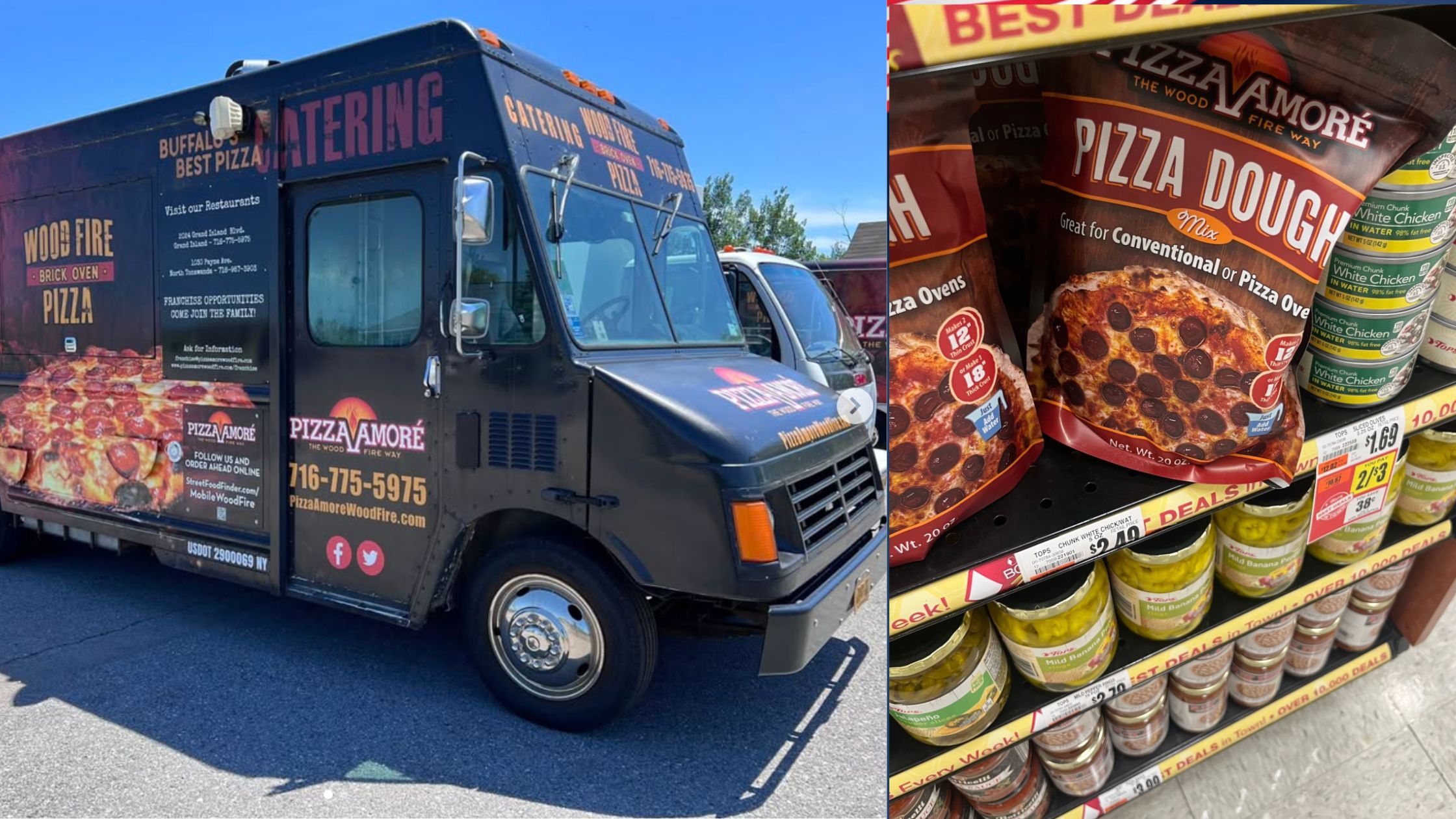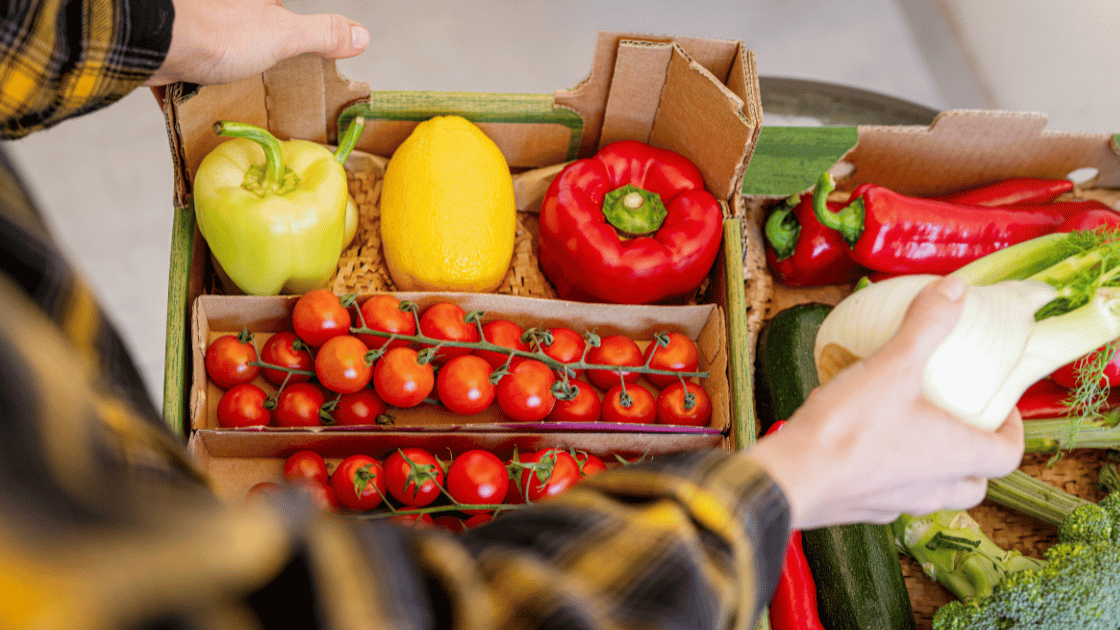Lock in a full year of Local Line at 30% OFF. Sign up for an annual plan before
.webp)
+1 (855) 699 1026

The U.S. food market represents one of the largest consumer sectors in the country, generating hundreds of billions in annual revenue across grocery, specialty, and direct-to-consumer segments. With growing demand for unique, local, and health-conscious options, there’s a real opportunity for new producers entering the space.
Launching a food business can be rewarding, but success depends on more than having a product people want. You need to meet regulatory requirements, design packaging and labelling that comply with food laws, manage pricing and inventory, and build a strategy to sell and distribute effectively.
Whether you’re starting from home or preparing for retail, this guide covers every step to help you launch a food business and start selling food products.
Before you sell your first item, you need to know what’s legally required. In both the United States and Canada, food is tightly regulated to protect consumer health. But rules differ depending on what you're selling and how you're selling it.
Did you know: If you're using multiple food suppliers, you can use food safety software like Local Line to track food safety practices across all sources in one place.
A successful food business needs a clear niche. This helps you stand out, target your marketing, and make decisions about pricing, packaging, and even where to sell.
Start by doing some market research and answering questions like:
Look for upcoming food trends and gaps in your local market or online. For example, gluten-free desserts that taste as good as traditional ones, or locally made condiments with unique flavour profiles.
Stay focused. Trying to appeal to everyone usually leads to bland branding and inconsistent sales.
Once you’ve chosen your food niche, it’s time to turn your idea into a repeatable, scalable product. This means creating a product that can be reproduced consistently, lasts long enough on the shelf, and complies with legal standards.
If you’re offering products like sauces, frozen meals, or fermented goods, you may need to work with a food scientist or lab to validate shelf stability and pH levels.
Testing with friends and early customers can help you refine taste, texture, and packaging. But be sure to also test for legal and production consistency, not just flavour.
Packaging does more than look good; it protects your food, provides required information, and helps customers trust your product. Legal labelling requirements differ between the U.S. and Canada, but both require specific details.
Food packaging design also matters. Clear, readable fonts and contrasting colours help your label stay compliant and shelf-ready. You’ll also want to consider:
Formally registering your food business gives it a legal foundation and protects you from liability. It also opens the door to business banking, food and farm grants, wholesale partnerships, and government programs.
Where you make your product depends on your local laws, the type of food you're making, and how much you're producing. Consider options like:
Regardless of where you produce, always follow food safety standards: clean surfaces, temperature control, pest prevention, and proper storage.
One of the biggest mistakes new food entrepreneurs make is underpricing their products. Your price needs to cover costs and reflect value in the market.
Check prices at local farmers markets and online stores to benchmark. Adjust for packaging size, quality, and uniqueness.
Read more about pricing food products for profit
Your food product might be great, but if the packaging doesn’t attract attention or reflect your values, it won’t sell. Branding isn’t just a logo, it’s how people perceive your product and trust what’s inside.
Brand identity should be consistent across your labels, website, social media, and product images.
Tip: Check out these farm logo ideas for branding and logo inspiration
Getting your food product into customers’ hands requires a smart mix of channels. Each one has its pros and challenges, and the best strategy often combines several.
Read more about how to sell food online
Once you’re selling through more than one channel, you need to manage inventory carefully. Running out of stock can cost you customers, while overproducing ties up your money and storage.
For perishable or high-volume products, using reliable food inventory management software is just as important as having a strong marketing plan.
Your product is ready, but getting it to your customers reliably is another challenge, especially for items that are perishable, fragile, or temperature-sensitive.
Make sure to build delivery costs into your pricing or charge separately to maintain margins.
Read more about how to offer home delivery for food products
Marketing is how you get noticed and build trust with new buyers. A strong product launch and consistent brand message go a long way in building momentum.
Tracking marketing metrics like sales data, social engagement, and repeat customer rates will help you refine your approach.
Download 20+ Free Food Marketing Templates to Get Started
Use this checklist to track your progress as you get ready to launch and grow your food business:
Selling food products requires more than culinary talent. It takes thoughtful planning, regulatory compliance, and reliable production, delivery, and customer engagement systems. Whether you are producing at home or preparing for retail, every part of the process, from product development to inventory and fulfilment, affects your results.
Start with a clear product idea, test it through local sales or farmers markets, and take the time to build your brand, pricing, and supply systems. Putting in the work on licensing, labelling, and marketing early helps you avoid complications and earn long-term customer trust.
If you are learning how to sell food, Local Line is an all-in-one food sales solution built specifically for producers. It helps you manage pre-orders, deliveries, inventory, and customer communication in one place so you can focus on making and selling great food.
With the right tools and systems in place, your food business can grow with confidence and reach customers wherever they shop.
Ready to sell food with ease? Get started selling wth Local Line
In the U.S., many states have cottage food laws that allow for limited home-based food sales of low-risk items like baked goods and jams. You'll typically need a business license and food handler certification. In Canada, some provinces (e.g., Ontario) allow home-based food businesses under specific guidelines, but requirements vary.
Yes, but only certain products qualify for online sales without commercial kitchen certification. Non-perishable or shelf-stable goods are generally allowed. Always check your state or provincial rules, as some restrict online or out-of-province sales.
Start-up costs range from a few hundred to several thousand dollars, depending on your setup. Budget for licenses, kitchen space, ingredients, packaging, insurance, and marketing. Using a shared kitchen or starting under cottage food laws can lower costs initially.
Cottage food laws allow individuals to make and sell certain low-risk foods from home without a commercial kitchen. Each U.S. state has different lists of allowed products and rules. Canada doesn't have a national equivalent, but some provinces permit home-based food sales with restrictions.
Once your demand grows beyond what you can handle at home, consider renting a commercial kitchen, working with a co-packer, or partnering with a small-scale manufacturer. This allows you to meet health regulations, expand your shelf life, and increase your production volume.


